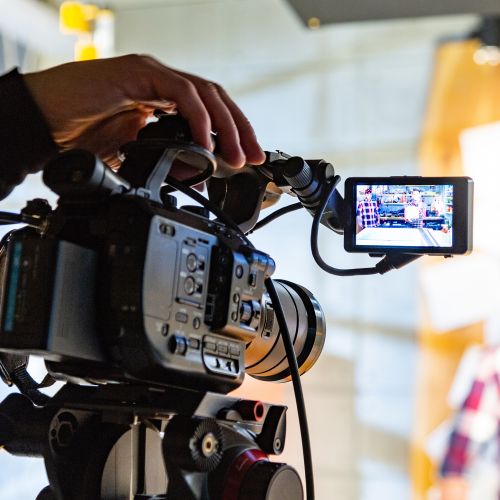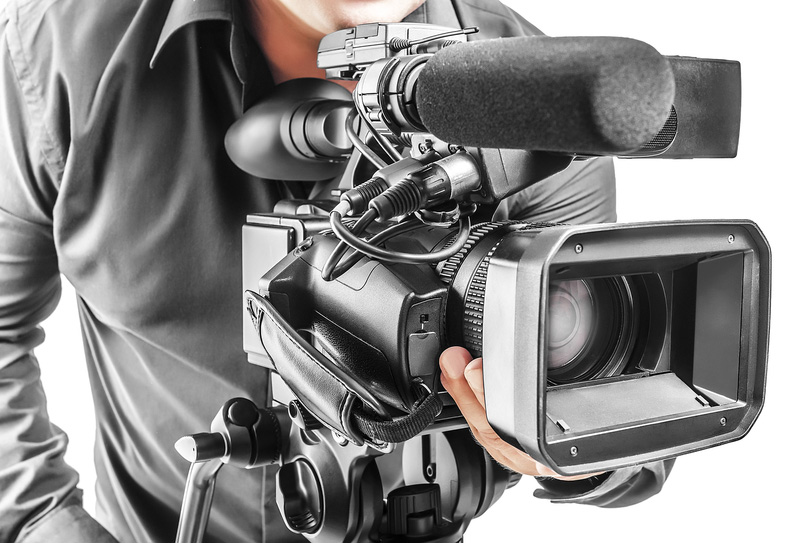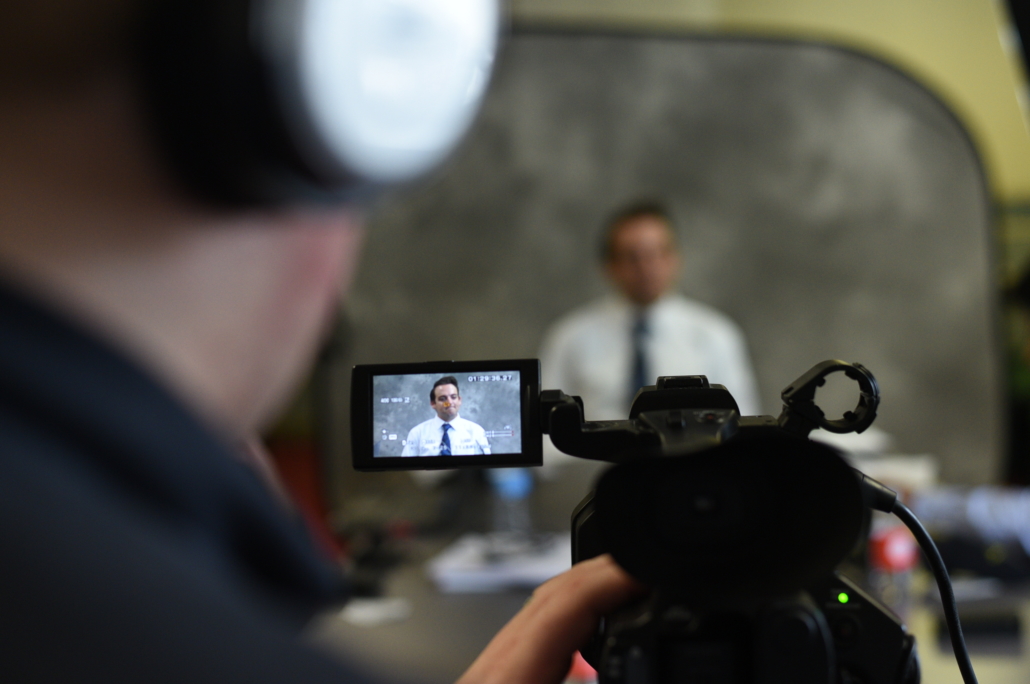Looking Into the Mechanisms of Legal Videography: Introduction Its Operation in Shielding Authentic Visual Testament for Judicial Proceedings
In the world of judicial process, the function of legal videography stands as a foundation in protecting and offering aesthetic evidence. As technology remains to breakthrough, the devices behind lawful videography have become significantly complex, using a critical layer of credibility to statements captured on video clip. By delving right into the functional intricacies of lawful videography, one can discover the meticulous procedures that secure the integrity of aesthetic proof presented in court rooms - Legal Videography. This exploration not only clarifies the historic development of legal videography but also means the future trends that may better reinvent how aesthetic statements are promoted in the realm of justice.
Historical Advancement of Legal Videography
Taking a look at the historic progression of legal videography exposes a substantial transformation in the catching and discussion of aesthetic proof within the lawful landscape. In the past, legal procedures heavily counted on created transcripts and photographs to record occasions and give evidence. With the arrival of video innovation, the legal market experienced a paradigm shift in just how visual testimony was recorded and presented.
The advancement of legal videography can be traced back to the late 20th century when innovations in video clip recording devices made it extra obtainable for usage in courtrooms. This technological innovation not only enhanced the precision and integrity of aesthetic proof yet likewise changed the means situations existed to discretionary (Legal Videography). Lawyers began to identify the influential power of video clip recordings in sharing feelings, nuances, and non-verbal cues that composed records or photos alone could not record effectively

Innovation Advancements in Video Documents
What key technical advancements have revolutionized video clip documentation in the lawful area? The lawful area has actually seen significant developments in video documentation technology that have improved the credibility and reliability of aesthetic proof in judicial process.
Moreover, developments in video clip file encryption and watermarking technologies have actually reinforced the safety and tamper-proof nature of video clip proof, protecting it versus unapproved modifications or meddling. The arrival of cloud storage remedies and remote gain access to capabilities has structured the storage space, retrieval, and sharing of video evidence, promoting smooth cooperation among lawful specialists and making certain effective accessibility to essential visual testimonies when required. These technical innovations in video documentation have definitely revolutionized the lawful area, boosting the precision, credibility, and admissibility of aesthetic proof in judicial proceedings.
Function of Lawful Videographers in Courtroom Settings
The advancement of video documentation innovation in the lawful field has demanded an essential role for lawful videographers in court room settings, you could check here making certain the honesty and dependability of visual statements offered during judicial proceedings. Lawful videographers play a basic this content duty in capturing and protecting exact visual evidence that can be essential in litigation. Their duty reaches setting up equipment, videotaping proceedings, and producing premium videos that accurately reflect the events in the court room.
In addition, legal videographers usually work closely with lawful teams to make certain that the video clip evidence lines up with the case's demands and can be effectively provided in court to sustain the lawful disagreements being made. Generally, the role of legal videographers in court settings is important in supporting the concepts of justice and ensuring the openness of legal procedures. Legal Videography.

Ensuring Admissibility and Honesty of Video Proof
To keep the trustworthiness of visual proof offered in lawful procedures, making sure the admissibility and honesty of video evidence is an essential responsibility for lawful videographers. Admissibility describes the approval of proof by the court, and for video clip evidence to be admissible, it must meet specific requirements. Lawful videographers play an essential function in ensuring that the videos they catch follow the policies of proof, such as dependability, significance, and authenticity.
Honesty of video clip proof includes preserving the originality and accuracy of the footage from the time it is recorded until it is presented in court. This includes firmly saving the video clip data, documenting the chain of wardship, and preventing any kind of meddling or modifications. Legal videographers should adhere to rigorous methods to ensure the stability of the video proof and stop any type of difficulties to its authenticity.
Future Trends in Legal Videography
Offered the raising dependence on modern technology in lawful process, lawful videographers are poised to accept ingenious innovations forming the future of aesthetic testimony capture and presentation. Among the famous patterns on the perspective is the assimilation navigate here of digital fact (VIRTUAL REALITY) and enhanced truth (AR) modern technologies into legal videography. These technologies have the prospective to revolutionize how aesthetic proof exists in court rooms, enabling courts and judges to submerse themselves in the scene of the criminal offense or event.
In addition, the use of expert system (AI) algorithms for video evaluation is expected to simplify the process of assessing and evaluating huge quantities of video clip footage. AI can aid in determining vital moments, abnormalities, and patterns within video clips, improving the performance of legal examinations.

Verdict
To conclude, legal videography has actually played an important duty in supplying genuine aesthetic evidence for judicial process. Through technical developments and the experience of legal videographers, the integrity and admissibility of video clip proof are ensured in court room settings. As lawful videography remains to progress, it will certainly be vital to promote standards that preserve the precision and reliability of visual statement for the future of lawful proceedings.
Taking a look at the historic progression of lawful videography exposes a substantial transformation in the capturing and presentation of aesthetic proof within the lawful landscape.The evolution of video paperwork innovation in the lawful area has actually necessitated a critical function for lawful videographers in court room setups, ensuring the integrity and dependability of visual statements provided throughout judicial process. In addition, lawful videographers often work closely with legal teams to ensure that the video evidence aligns with the case's requirements and can be efficiently presented in court to support the legal arguments being made.To maintain the integrity of aesthetic proof provided in lawful process, making certain the admissibility and honesty of video evidence is an essential responsibility for legal videographers. As lawful videography continues to evolve, it will be crucial to support standards that maintain the accuracy and reliability of visual testament for the future of lawful process.